
Many side effects are common to all forms of hormonal birth control including the pill, depo Provera, and the NuvaRing. Women who have a Mirena coil fitted are just as likely to experience these. The good news is that most side effects are of a temporary nature and tend to subside after a few months. Tender and sore breasts, changes in the menstrual cycle (including bleeding between periods), nausea, and headaches are common. Some women report abdominal pressure and bloating as well, and depression and acne are other possible side effects. If any of the side effects you experience after having a Mirena coil fitted persists for longer than a few cycles or are extremely, talk to your doctor about them.
You should also take particular care to see your healthcare provider at the first opportunity if you have feelings of dizziness, extreme back or backpain, or severe abdominal pain. In these cases, don't feel bad about going to the ER. Many women with Mirena coils don't have side effects at all, and report that they are very satisfied with this method of contraception. The Mirena coil can be used for up to five years continuously, making it a good long-term birth control option for many.


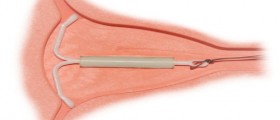


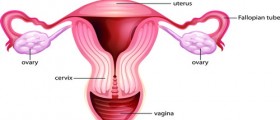



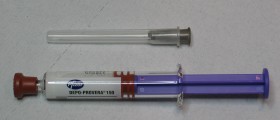

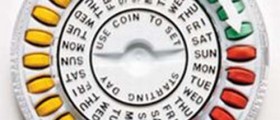
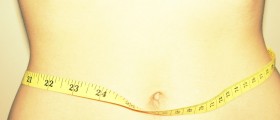
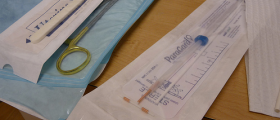
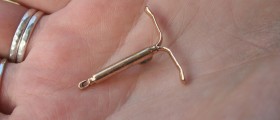
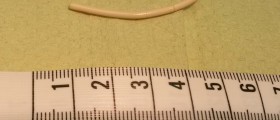
Your thoughts on this
Loading...